Hyundai IONIQ 5 vs Dacia Bigster – Which model is better for everyday use?
Both models have their strengths – but which one suits you more?
Compare performance, efficiency, price and space directly: Hyundai IONIQ 5 or Dacia Bigster?
Costs and Efficiency:
Price and efficiency are key factors when choosing a car – and this is often where the real differences emerge.
Dacia Bigster has a decisively advantage in terms of price – it starts at 20600 £, while the Hyundai IONIQ 5 costs 38500 £. That’s a price difference of around 17923 £.
Engine and Performance:
Power, torque and acceleration say a lot about how a car feels on the road. This is where you see which model delivers more driving dynamics.
When it comes to engine power, the Hyundai IONIQ 5 has a convincingly edge – offering 650 HP compared to 155 HP. That’s roughly 495 HP more horsepower.
In acceleration from 0 to 100 km/h, the Hyundai IONIQ 5 is clearly quicker – completing the sprint in 3.50 s, while the Dacia Bigster takes 9.70 s. That’s about 6.20 s faster.
In terms of top speed, the Hyundai IONIQ 5 performs distinct better – reaching 260 km/h, while the Dacia Bigster tops out at 180 km/h. The difference is around 80 km/h.
There’s also a difference in torque: Hyundai IONIQ 5 pulls decisively stronger with 770 Nm compared to 230 Nm. That’s about 540 Nm difference.
Space and Everyday Use:
Beyond pure performance, interior space and usability matter most in daily life. This is where you see which car is more practical and versatile.
Both vehicles offer seating for 5 people.
In curb weight, Dacia Bigster is distinct lighter – 1425 kg compared to 1955 kg. The difference is around 530 kg.
In terms of boot space, the Dacia Bigster offers clearly perceptible more room – 667 L compared to 520 L. That’s a difference of about 147 L.
In maximum load capacity, the Dacia Bigster performs somewhat better – up to 1937 L, which is about 357 L more than the Hyundai IONIQ 5.
When it comes to payload, Hyundai IONIQ 5 slightly takes the win – 530 kg compared to 467 kg. That’s a difference of about 63 kg.
Who comes out on top?
Overall, the Hyundai IONIQ 5 shows itself to be wins the duel decisively and secures the title of DriveDuel Champion.
It convinces with the more balanced overall package and proves to be the more versatile choice for everyday use.
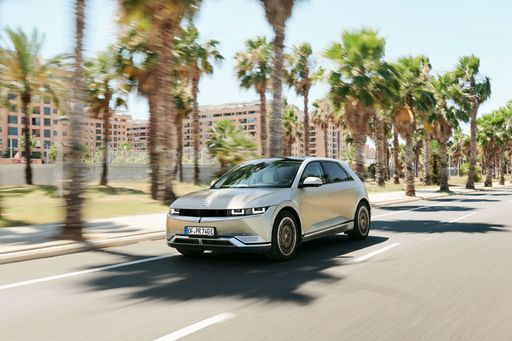
Hyundai IONIQ 5
Hyundai IONIQ 5
The Hyundai IONIQ 5 showcases a bold and futuristic design that captures attention with its striking facade and sharp lines. This electric vehicle offers an impressive blend of performance and efficiency, making it a compelling choice for environmentally conscious drivers. Inside, the spacious and tech-forward interior provides a comfortable and engaging driving experience for both driver and passengers.
details @ hyundai.news
@ hyundai.news
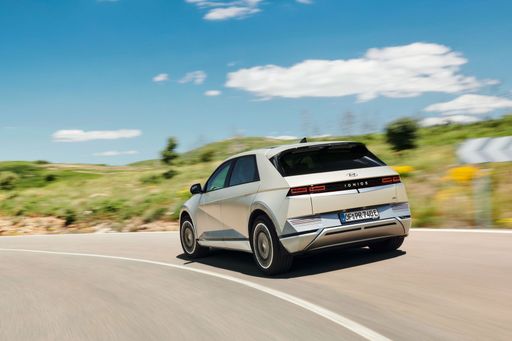 @ hyundai.news
@ hyundai.news
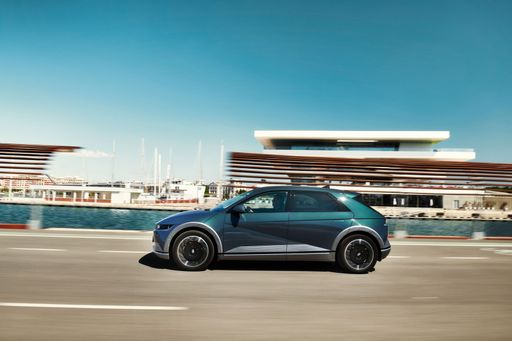 @ hyundai.news
@ hyundai.news
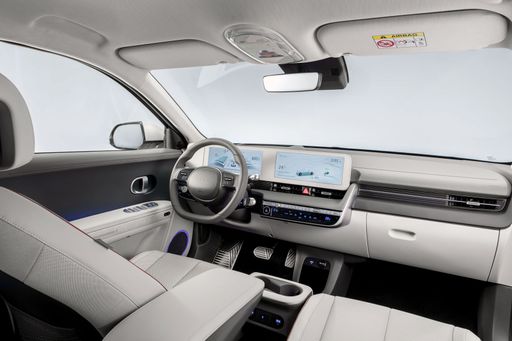 @ hyundai.news
@ hyundai.news
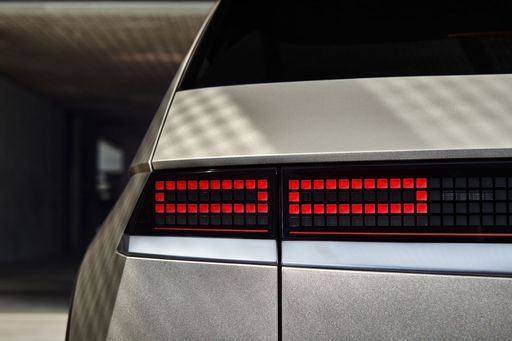 @ hyundai.news
@ hyundai.news
Dacia Bigster
The Bigster is poised to redefine the SUV segment with its bold design and spacious interior, catering to the needs of both families and adventure seekers alike. Emphasizing sustainability and practicality, this model reflects a modern approach to automotive engineering, making it a compelling choice for environmentally conscious drivers. With its striking presence on the road, the Bigster not only captures attention but also embodies a new era of versatile mobility.
details @ media.renault.at
@ media.renault.at
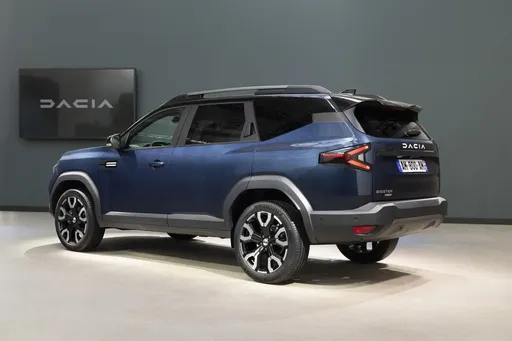 @ media.renault.at
@ media.renault.at
 @ media.renault.at
@ media.renault.at
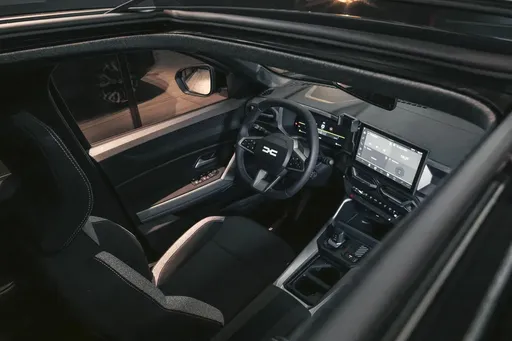 @ media.renault.at
@ media.renault.at
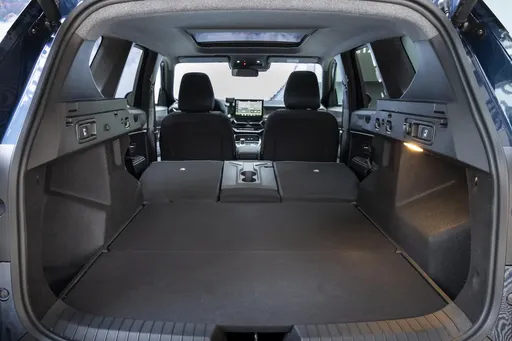 @ media.renault.at
@ media.renault.at

|

|
|
|
|
Costs and Consumption |
|
|---|---|
|
Price
38500 - 64200 £
|
Price
20600 - 26600 £
|
|
Consumption L/100km
-
|
Consumption L/100km
4.7 - 7.1 L
|
|
Consumption kWh/100km
15.6 - 21.2 kWh
|
Consumption kWh/100km
-
|
|
Electric Range
440 - 570 km
|
Electric Range
-
|
|
Battery Capacity
63 - 84 kWh
|
Battery Capacity
-
|
|
co2
0 g/km
|
co2
106 - 137 g/km
|
|
Fuel tank capacity
-
|
Fuel tank capacity
50 - 55 L
|
Dimensions and Body |
|
|---|---|
|
Body Type
SUV
|
Body Type
SUV
|
|
Seats
5
|
Seats
5
|
|
Doors
5
|
Doors
5
|
|
Curb weight
1955 - 2275 kg
|
Curb weight
1425 - 1547 kg
|
|
Trunk capacity
480 - 520 L
|
Trunk capacity
510 - 667 L
|
|
Length
4655 - 4715 mm
|
Length
4570 mm
|
|
Width
1890 - 1940 mm
|
Width
1813 mm
|
|
Height
1585 - 1605 mm
|
Height
1705 mm
|
|
Max trunk capacity
1540 - 1580 L
|
Max trunk capacity
1813 - 1937 L
|
|
Payload
385 - 530 kg
|
Payload
383 - 467 kg
|
Engine and Performance |
|
|---|---|
|
Engine Type
Electric
|
Engine Type
Petrol MHEV, Full Hybrid, LPG
|
|
Transmission
Automatic
|
Transmission
Manuel, Automatic
|
|
Transmission Detail
Reduction Gearbox
|
Transmission Detail
Manual Gearbox, Automated Manual
|
|
Drive Type
Rear-Wheel Drive, All-Wheel Drive
|
Drive Type
All-Wheel Drive, Front-Wheel Drive
|
|
Power HP
170 - 650 HP
|
Power HP
130 - 155 HP
|
|
Acceleration 0-100km/h
3.5 - 8.5 s
|
Acceleration 0-100km/h
9.7 - 11.2 s
|
|
Max Speed
185 - 260 km/h
|
Max Speed
180 km/h
|
|
Torque
350 - 770 Nm
|
Torque
230 Nm
|
|
Number of Cylinders
-
|
Number of Cylinders
3 - 4
|
|
Power kW
125 - 478 kW
|
Power kW
96 - 115 kW
|
|
Engine capacity
-
|
Engine capacity
1199 - 1799 cm3
|
General |
|
|---|---|
|
Model Year
2024
|
Model Year
2025
|
|
CO2 Efficiency Class
A
|
CO2 Efficiency Class
E, D, C
|
|
Brand
Hyundai
|
Brand
Dacia
|
What drive types are available for the Hyundai IONIQ 5?
The Hyundai IONIQ 5 is available as Rear-Wheel Drive or All-Wheel Drive.
The prices and data displayed are estimates based on German list prices and may vary by country. This information is not legally binding.
